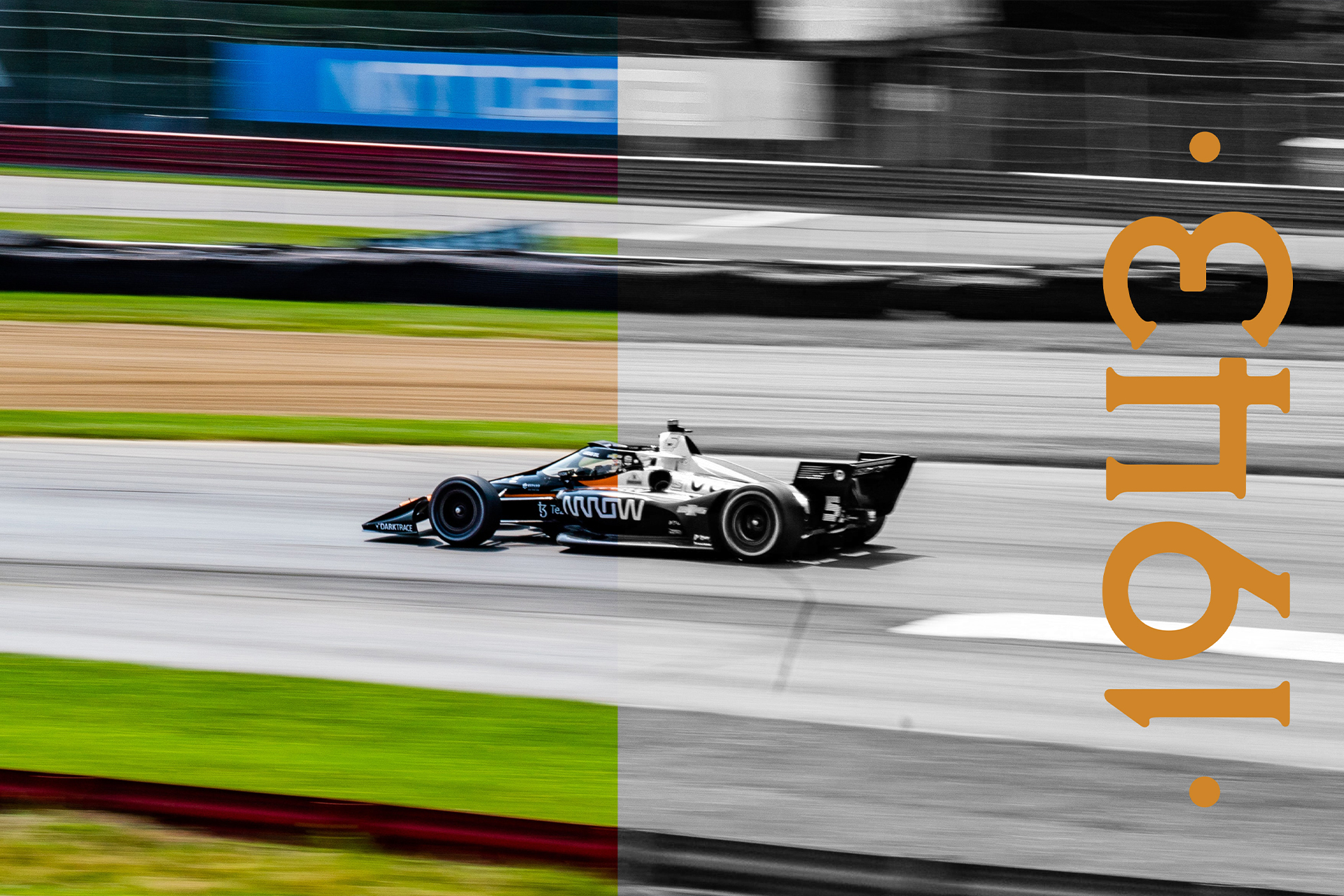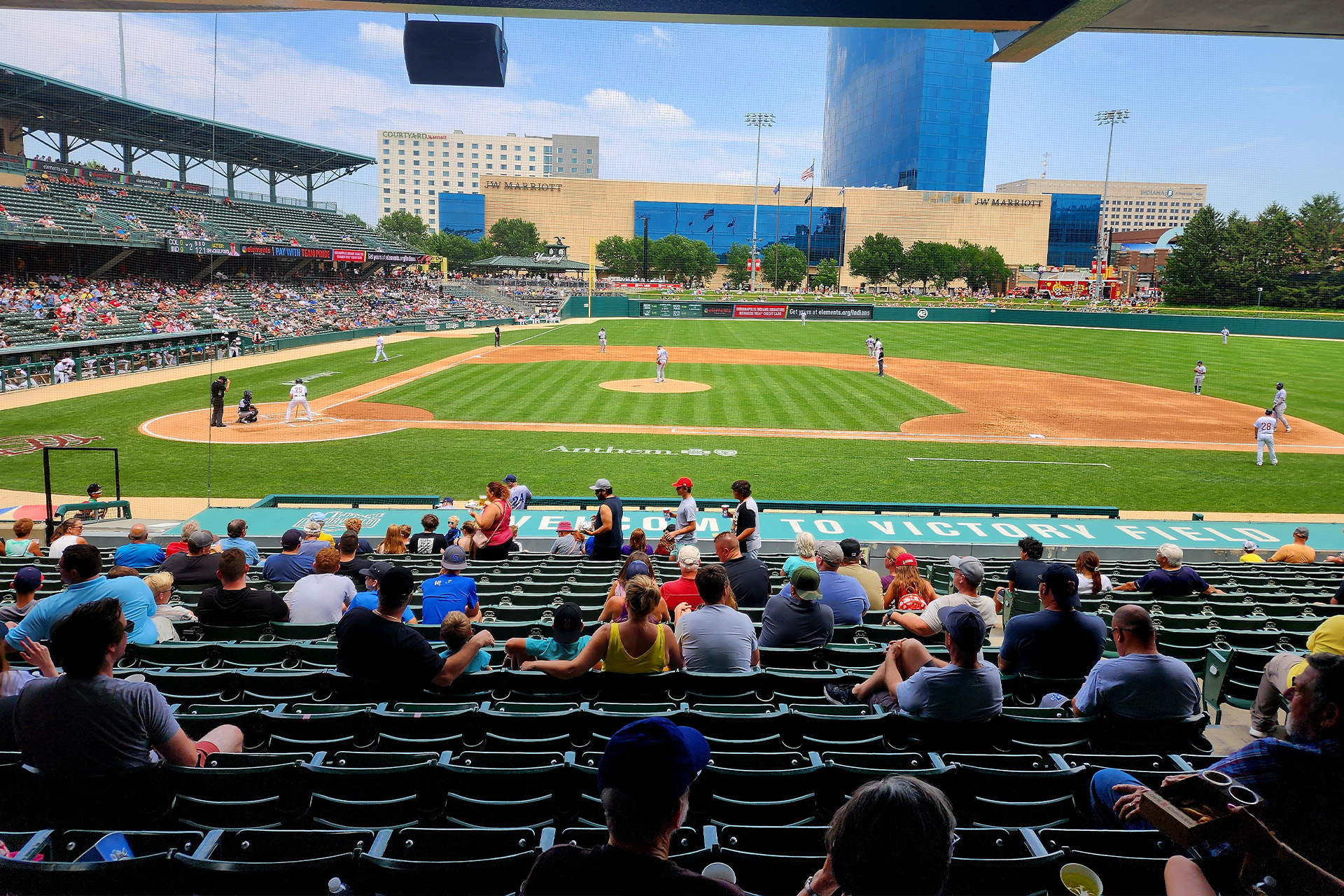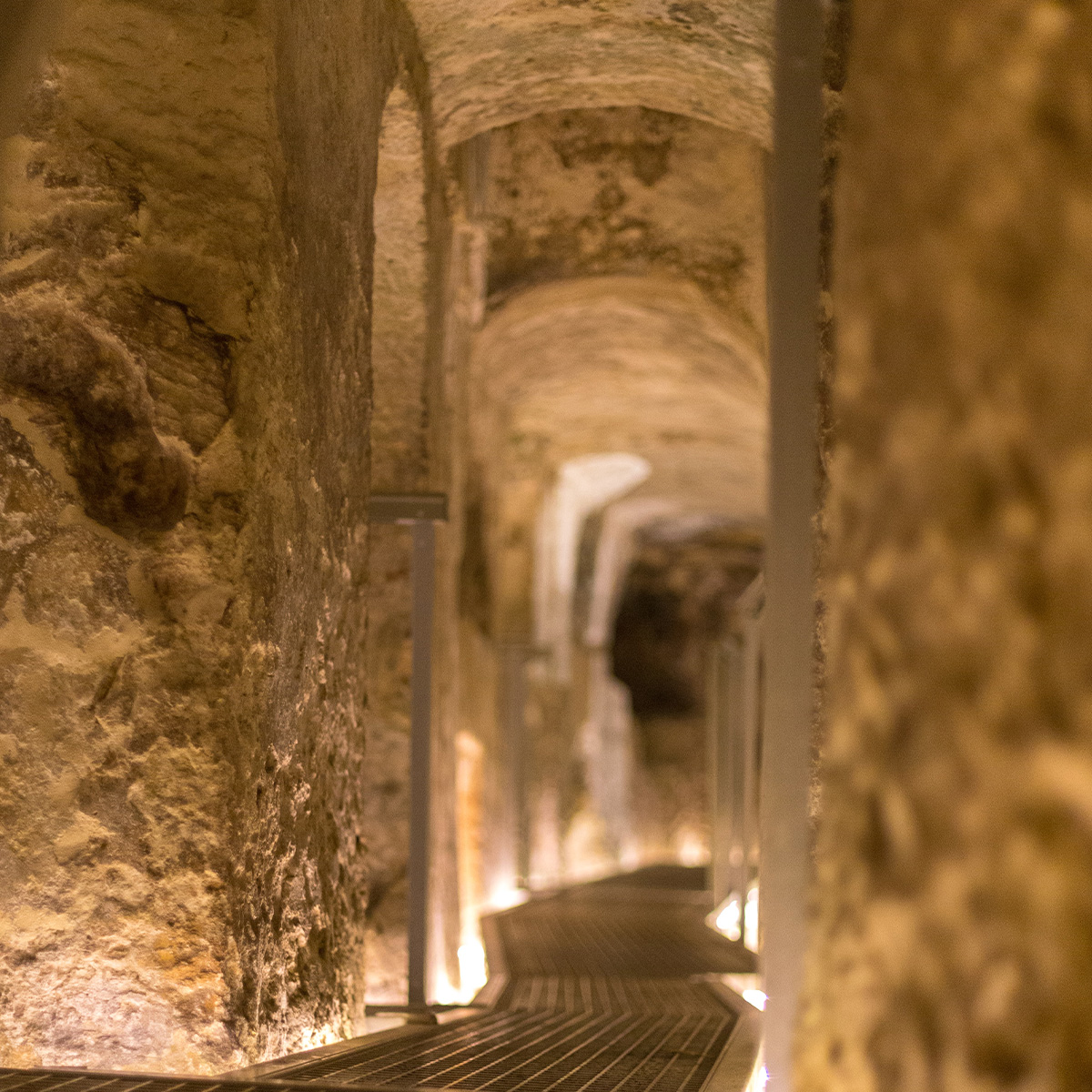May 2023
The History of the Indy 500
History

The Indy 500 is an annual race held at the Indianapolis Motor Speedway in Indianapolis, Indiana. It is one of the most prestigious and longest-running motor racing events in the world, with a history dating back to 1911. The race was founded by Carl G. Fisher, James A. Allison, Arthur C. Newby and Frank W. Wheeler and has been held every year since its inception. Often referred to as “The Greatest Spectacle in Racing” due to its long history and tradition, it has hosted some of the best drivers from around the world competing against each other for glory and fame.
The race is part of the IndyCar Series and is held on Memorial Day weekend each year. It consists of 200 laps around a 2.5-mile oval track and can last up to three hours. Drivers compete for a purse of over $13 million, making it one of the richest races in motorsports. The winner receives the famed Borg-Warner Trophy and a bottle of milk as part of their victory celebration.
A Closer Look at How the Indy 500 Began — and Continues
American car racing in the early 1900s was performed on horse tracks, which were narrow, muddy, and dangerous. Carl Fisher took a page from European racing and proposed the construction of a three- to five-mile-long circular track with a 100- to 150-foot-wide surface that would help drivers maintain control and allow for car testing as well as safer, and speedier, racing trials.
With three partners, Fisher formed the Indianapolis Motor Speedway Company and purchased 328 acres of farmland just a few miles northwest of the city of Indianapolis, and the Indy 500 was born. On the first day of racing there were just 15,000 to 20,000 spectators, each of whom paid up to one dollar for grandstand seats, or half that for bleachers located in the first and second turns. The main event, a 250-mile race, caused two deaths but featured four safe finishes. Many records were set during that first racing series, and the Indy 500 continues to be a showcase for world-class speed records.
The first Indy winner was Ray Harroun, an American racer, who finished the grueling race in just 6 hours and 42 minutes with an average speed of 74.6 miles per hour. By 2021, Helio Castroneves from Brazil achieved an average speed of 190.6 miles per hour to secure the lead.
And the Winner Gets . . . Milk
It is traditional for Indy 500 winners to receive a monetary payout, a trophy, and . . . milk. After the 106th Indy 500 race, the winner, Marcus Ericsson, took home a $3.1 million prize out of the largest purse ever in Indianapolis 500 history — $16,000,200. He also received the coveted Borg-Warner Trophy and, like every other winner since 1936, a bottle of milk.
In fact, “Winners Drink Milk” is a time-honored phrase in Indiana, originating from Indy 500 racecar driver Louis Meyer, who requested buttermilk after his 1936 victory. Today, each Indy 500 winner receives a ceremonial bottle of the beverage presented by two Indiana dairy farmers in a nod to the state’s dairy industry — and the race’s enduring tradition.
Fast Forward
The Indy 500 continues to draw racing enthusiasts to the Circle City and fuel the Indianapolis economy. More specifically, all of the events held at the Speedway today total over $500 million. Indiana as a whole has greatly benefited from the motorsports industry, which has brought 25,000 businesses and 421,000 jobs to the state. Racing teams and track operations account for around 23,000 of those jobs.
Indiana has embraced the industry, even offering a Bachelor of Science degree in Motorsports Engineering that prepares eager graduates for lucrative careers at Ed Carpenter Racing, the Dallara IndyCar factory, and other racing-oriented businesses.
And the Traditions Continue
The Indianapolis 500 continues to draw attention and fans to Indianapolis and the state of Indiana. There are several time-honored traditions that racing enthusiasts observe in the days leading up to the race and the event itself. These include:
- The 500 Festival Parade, which began in 1957, today draws a crowd of over 300,000 each year, making it one of the top three parades in America.
- Indy 500 Carb Day currently happens on the Friday before Race Day. Carb, short for carburetion, refers to the drivers’ final practice session before the race. It is the biggest May event at the Speedway.
- On race day, “Back Home Again in Indiana” is sung at the pre-race festivities with the Purdue All-American Band accompanying a selected vocalist.
- The Victory Lane celebration is performed by the winning driver, who performs a final lap around the Speedway after receiving their prize.
- The Milk Chug is performed by the winning driver, who, as previously noted, is presented with a bottle of milk. They can choose from fat-free, whole, or 2%, but chocolate is not allowed!
- The tradition of “kissing the bricks” began in 1996 after NASCAR Champion Dale Jarrett performed a smooch of the original brick raceway that is located at the start/finish line.
Schuetz Insurance — Continuing Our Tradition of Service
Our great state of Indiana has long been associated with the time-honored tradition of racing. At Schuetz, we have over 80 years of experience helping our friends, neighbors, and community find the right insurance protection for their needs. Contact us today to discover how our team of insurance experts can help you — and your family — stay safer on the roads, at home, and beyond.
MORE FROM SCHUETZ INSURANCE

Hoosiers in the Outfield: A Brief Guide
Is there anything that screams summer more than baseball? America's pastime has left an indelible mark on the sporting...
READ THE FULL ARTICLE
Exploring the Indianapolis City Market Catacombs
For years, the mystery and haunting history of the catacombs located beneath the cobbled streets of Paris have piqued...
READ THE FULL ARTICLE